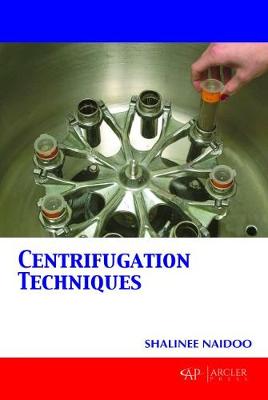Cell biology involves the analysis of cells and tissues at both the morphological and biochemical levels in an attempt to understand the molecular mechanisms operating in any living organism. Proper biochemical analysis of biological samples is imperative for constructing complete and true cell biology. The subcellular organization of cells can be studied via electron microscopy or by the separation and subsequent molecular and biochemical analysis of individual cellular components. While electron microscopy provides detailed information about the appearance of cellular organelles, not much information can be obtained regarding their individual functions. As such, a way to separate the different organelles from remaining cellular components was needed (OpenLearn, 2017).
This was made possible by a technique known as cell fractionation which allows for the isolation of various cellular components (nuclear, cytosolic and mitochondrial) based on their subcellular compartmentalized distribution followed by analysis of their molecular information ranging from the state and distribution of a cell or subcellular component to their response to a range of treatments (Dimauro et al, 2012). The separation of cellular components and particles by sedimentation is one of the most powerful tools in biology. Even though sedimentation using centrifugation is not a new technology, it is essential for conducting cutting edge genomic and proteomic research, as it aids in providing purified particles of interest. As such, centrifugation forms one of the most important and widely applied research techniques used in various disciplines today. It services a range of research fields such as biochemistry, cellular and molecular biology while allowing large scale applications across a broad spectrum of industries ranging from large scale commercial applications in the pharmaceutical and agricultural industries to small scale laboratory-scale scientific studies.
Miescher was one of the first researchers to use a centrifuge for the isolation of a cell organelle when he separated nuclei from human pus cells in 1871. A survey conducted at the US National Institutes of Health revealed that over 65% of research workers believe that using centrifugation to purify cells, subcellular organelles, viruses, proteins, and nucleic acids is an essential part of their everyday research, further proving the importance of this technique in today’s scientific world (Sigma-Aldrich, 2011). Current research applications rely on centrifugation for the isolation and harvest of cells, sub cellular components and macromolecules in high yields. It is commonly used as a separation technique when gravity separation is too slow and particles within the sample to be separated do not settle readily or at all. This technique has since paved the way for the determination and understanding of fundamental cellular processes such as oxidative phosphorylation, intracellular digestion, protein synthesis as well as transportation of substances in and out of the cell (Graham and Rickwood). Thus centrifuges are now regarded as one of the most basic yet valuable pieces of equipment required in biological laboratories.
This book aims to provide an introduction into the history and principles of centrifugation as well as an in depth explanation of the history and principles surrounding centrifugation. It also aims to provide an explanation of commonly used centrifugation techniques and their related practical applications in various industries. Furthermore, to aid in understanding the various principles behind this technique, the basic design of various rotors have been diagrammatically presented. Also in this book is an overview of the currently available centrifuge types and related instrument components as well as a description of centrifugal theory, a table comparing densities of commonly separated macromolecules and additional information on separation techniques together with a comprehensive advice for proper centrifuge handling, maintenance and related safety protocols. There is also further information on sample preparation and and how to design an ideal centrifugation protocol.
- ISBN13 9781773610610
- Publish Date 1 November 2017
- Publish Status Active
- Publish Country CA
- Imprint Arcler Education Inc
- Format Hardcover
- Pages 275
- Language English
